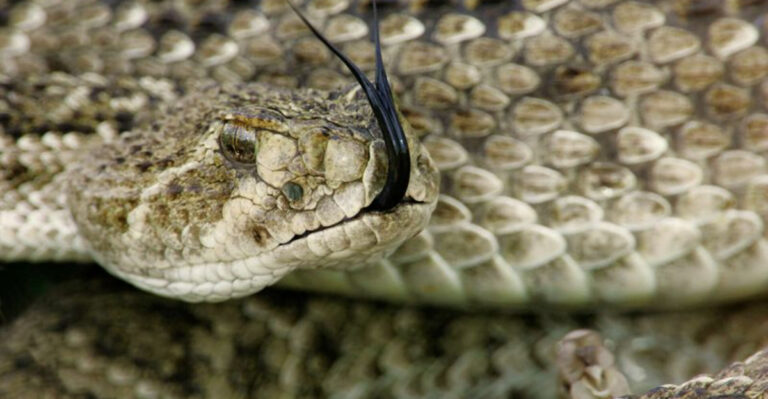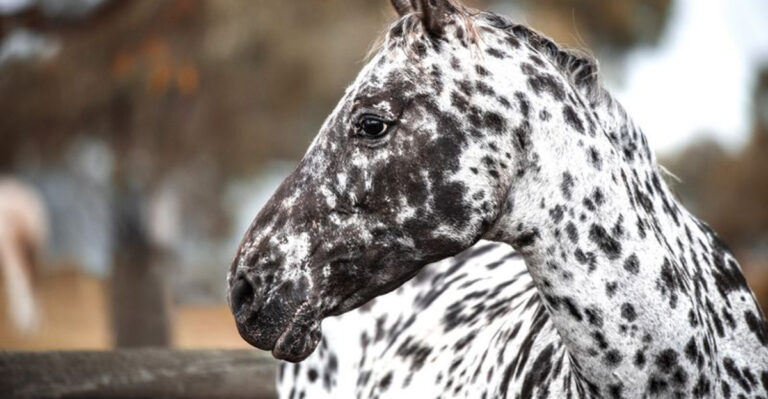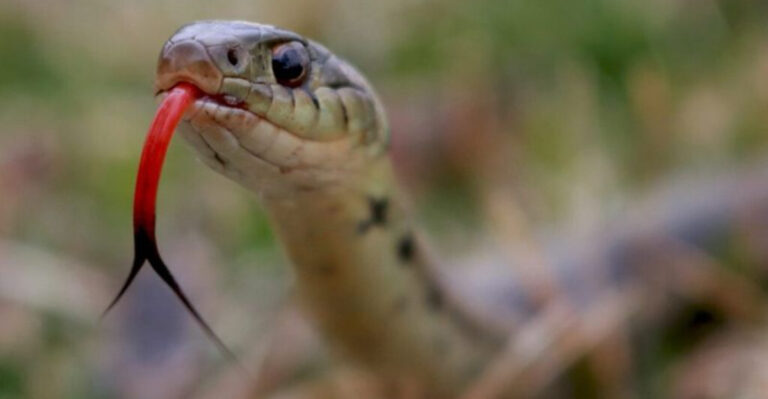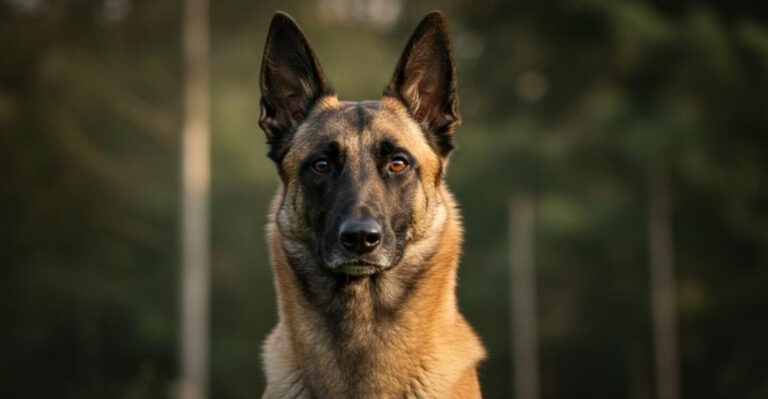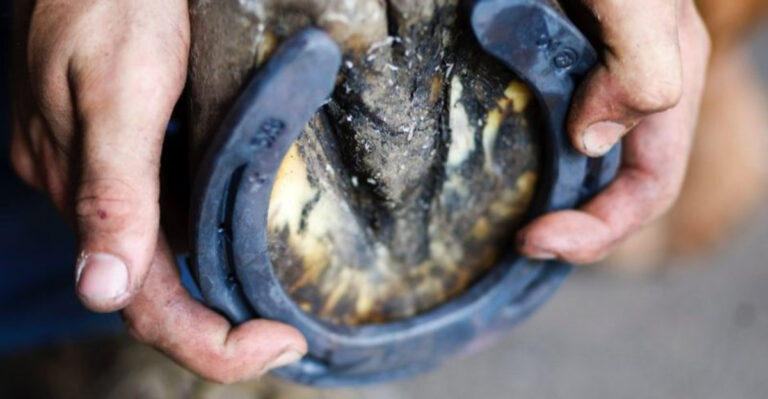The 18 Biggest Brown Bears Ever Seen In North America
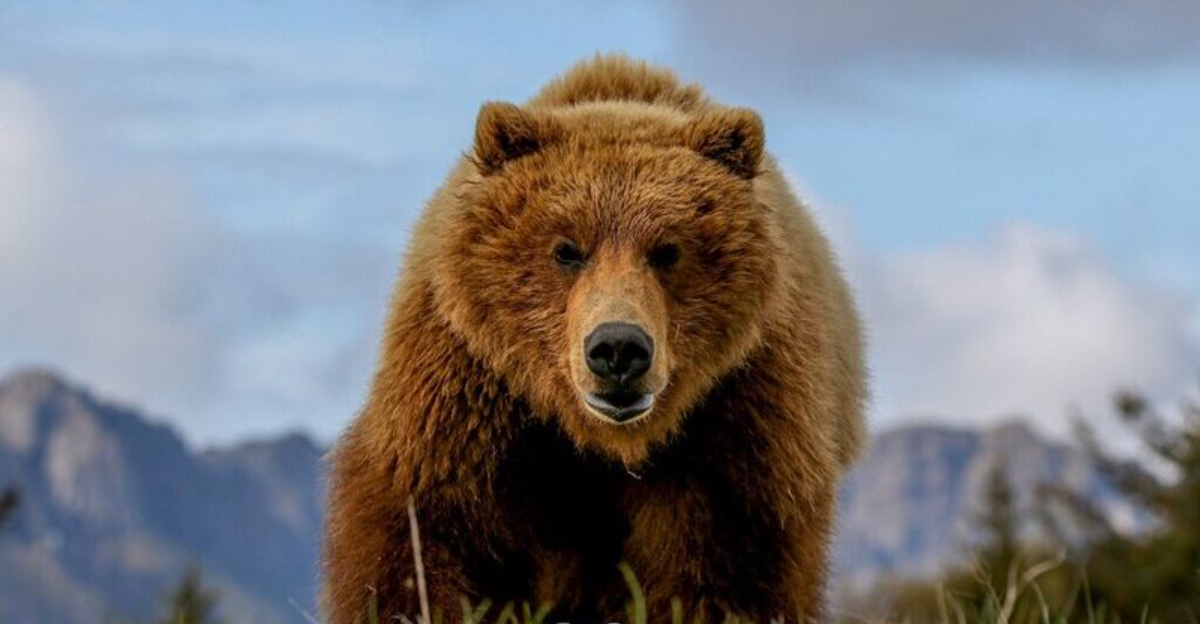
Brown bears are already among the most fearsome and awe-inspiring predators in North America, but some individuals have reached truly jaw-dropping sizes.
From remote Alaskan wilderness to the mountains of British Columbia, a handful of these giants have broken records for weight, height, and sheer presence.
1. Kodiak Island Monster
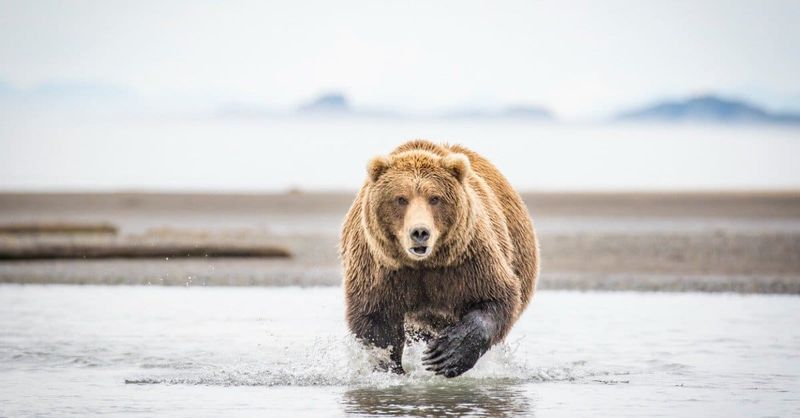
Tipping the scales at an astounding 1,656 pounds, this male Kodiak bear was harvested in 1952 on Kodiak Island, Alaska. The hunter nearly fled the scene when he spotted the massive creature lumbering through the underbrush.
Scientists believe this bear was around 20 years old, explaining its extraordinary size. Its skull measured over 30 inches, setting a world record that still stands today.
2. Peninsula Giant
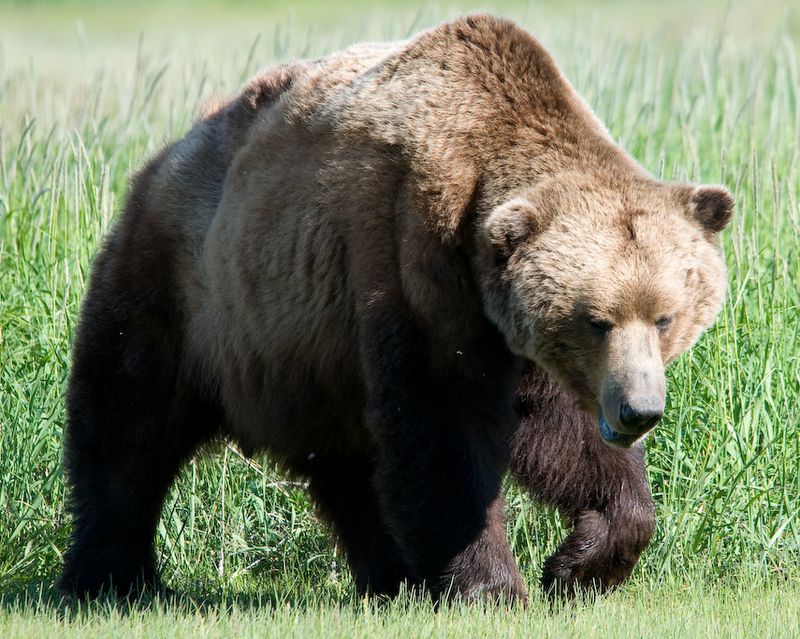
Found on the Alaska Peninsula in 1948, this behemoth weighed approximately 1,600 pounds. Local hunters had spotted its massive tracks for three seasons before anyone managed to document the creature.
What made this bear remarkable wasn’t just its weight but its massive shoulder hump that stood nearly 5 feet high when on all fours. Scientists estimated it consumed over 30,000 calories daily during peak salmon season.
3. Admiralty Island Colossus
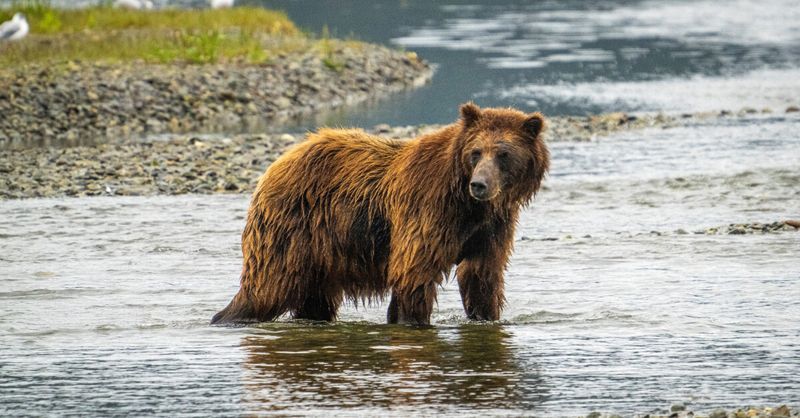
A jaw-dropping 1,585-pound male dominated Admiralty Island’s forest for nearly two decades. Park rangers documented this bear’s movements for seven years through tracking collars and trail cameras.
Locals nicknamed him “Old Scratch” due to distinctive claw marks he left on trees throughout his territory. His paw prints measured almost 18 inches across – larger than dinner plates!
4. Katmai Coast Leviathan

Weighing approximately 1,540 pounds, this coastal brown bear ruled Katmai National Park’s salmon runs. Wildlife photographers captured stunning images of this massive male standing in Brooks Falls in 1997.
Unlike many large bears, this one showed unusual tolerance toward humans from viewing platforms. His distinctive notched ear and fishing technique – snatching salmon mid-air with a single paw – made him instantly recognizable to researchers.
5. Izembek Behemoth
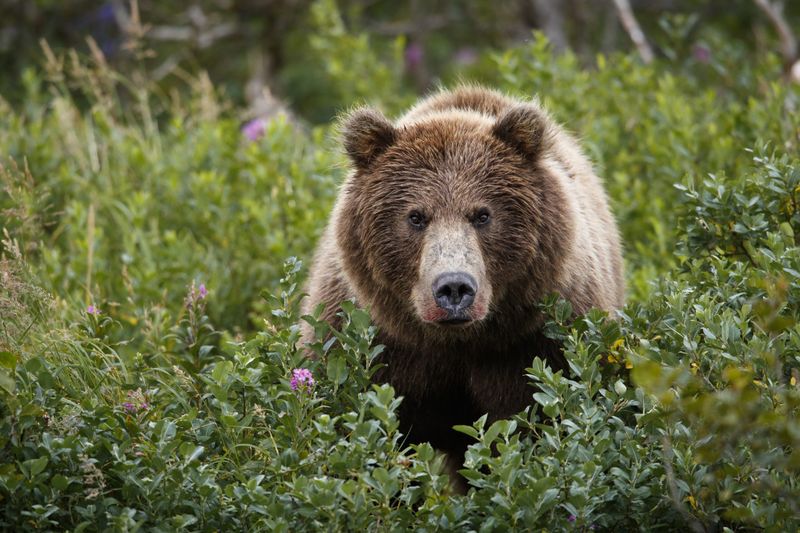
A stunning 1,530-pound male dominated the Izembek National Wildlife Refuge coastline. Fish and Wildlife officers first spotted this giant digging clams along the shoreline, using massive paws to effortlessly flip rocks weighing over 200 pounds.
His exceptional size came from a diet rich in seafood and berries. Researchers estimated he consumed up to 40 pounds of food daily during pre-hibernation feeding frenzies.
6. Kenai Peninsula Titan

Roaming the Kenai Peninsula for over 15 years, this 1,520-pound giant was known for its distinctive blonde-tipped fur. Trail cameras captured this bear breaking into food caches that were suspended 12 feet off the ground – without climbing!
Rangers marveled at his problem-solving abilities. His massive skull now resides in the Alaska State Museum, measuring an impressive 29.2 inches, just shy of the world record.
7. Yellowstone Patriarch
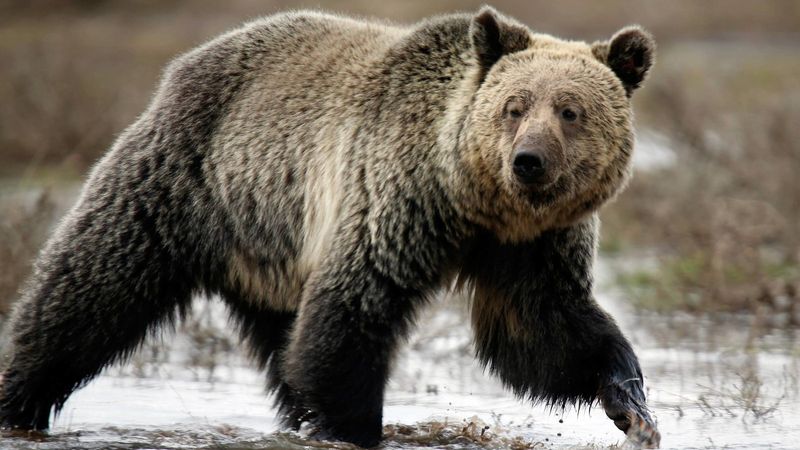
Far from Alaska’s coastal regions, this 1,200-pound giant ruled Yellowstone’s Hayden Valley for nearly two decades. Park biologists tracked this bear for 12 years, documenting his unusual habit of digging elaborate food storage pits.
Unlike coastal bears with salmon-rich diets, this inland giant achieved his size through efficient foraging of roots, insects, and occasional elk calves. His territory spanned an astonishing 400 square miles – the largest ever recorded in the park.
8. Brooks Range Mammoth

A remarkable 1,480-pound male dominated Alaska’s remote Brooks Range. Indigenous hunters respected this bear so much they left his territory undisturbed for generations.
What made this bear extraordinary was his adaptation to the harsh Arctic environment. His fur was notably thicker and longer than southern bears, with paws measuring 16 inches across – adaptations for traveling through deep snow and frozen terrain.
9. Glacier Bay Goliath
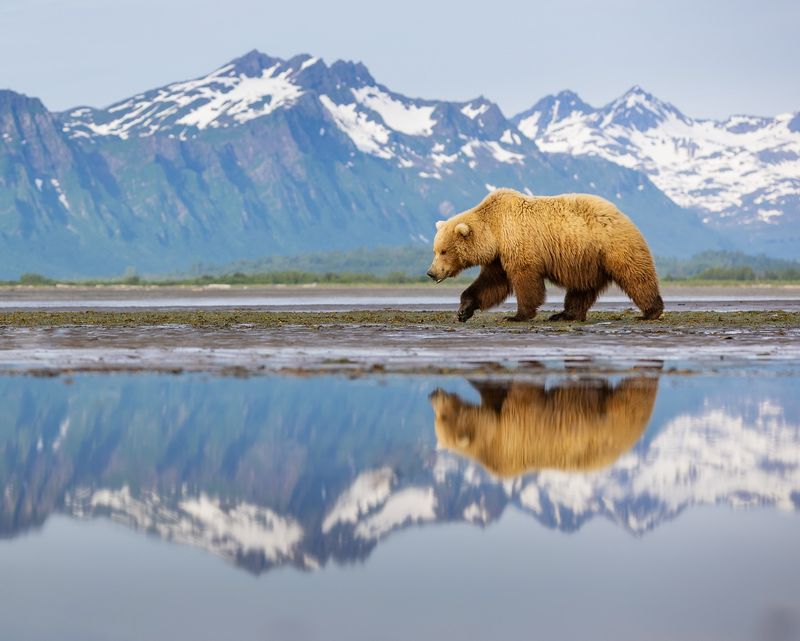
Weighing approximately 1,470 pounds, this coastal giant frequented Glacier Bay’s shores. Cruise ship passengers frequently spotted him flipping 500-pound boulders with ease, searching for crabs and shellfish.
Marine biologists noted his unusual swimming ability. This bear regularly crossed channels over 5 miles wide between islands. His massive size didn’t slow him down – tracking data showed he covered up to 30 miles daily during peak feeding season.
10. Denali Sovereign
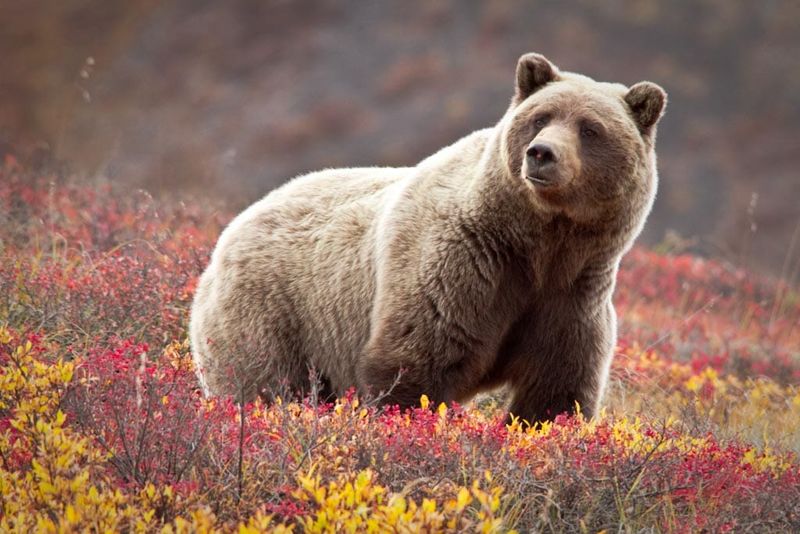
Reaching an estimated 1,450 pounds, this interior grizzly dominated Denali National Park’s Wonder Lake region. Park visitors reported seeing this bear stand nearly 9 feet tall when reaching for berries on high bushes.
Unlike coastal giants, this bear achieved his size despite limited access to salmon. His diet consisted mainly of roots, berries, and ground squirrels. Researchers documented his exceptional digging abilities – creating trenches up to 4 feet deep in search of Arctic ground squirrel colonies.
11. Yukon Territory Heavyweight

Venturing from Alaska into Canada’s Yukon Territory, this 1,430-pound giant was documented by wildlife researchers in 1976. His massive tracks first alerted scientists, measuring nearly 17 inches in length.
What fascinated researchers most was his hybrid characteristics. His skull shape suggested partial polar bear ancestry from generations past. Despite his enormous size, trail cameras captured this bear moving with surprising stealth and agility through dense forest.
12. Noatak River Champion
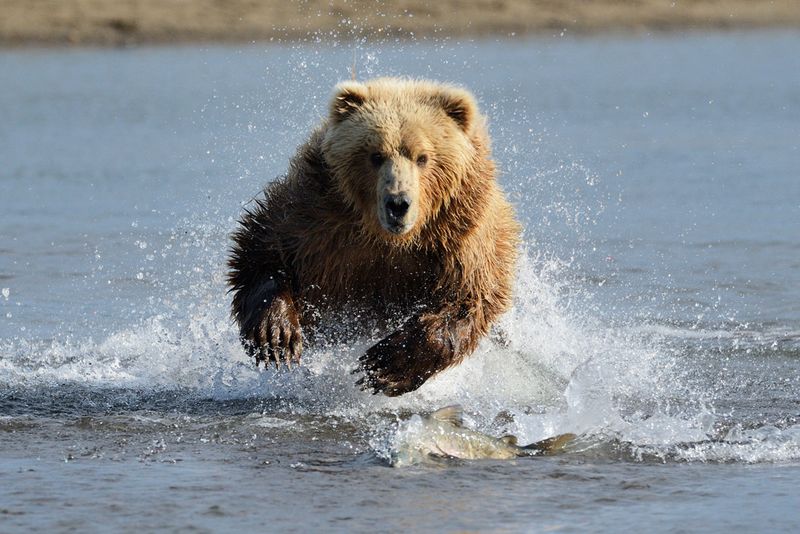
Ruling Alaska’s remote Noatak River drainage, this 1,410-pound male was documented by wildlife biologists in 1982. Native hunters had spoken of this bear for years before scientists confirmed its extraordinary size.
What set this bear apart was its remarkable age – tooth analysis suggested he was nearly 28 years old. Most large males don’t survive past 20. His territory encompassed over 300 square miles of pristine wilderness, including prime salmon spawning grounds.
13. Wrangell Mountains Monarch
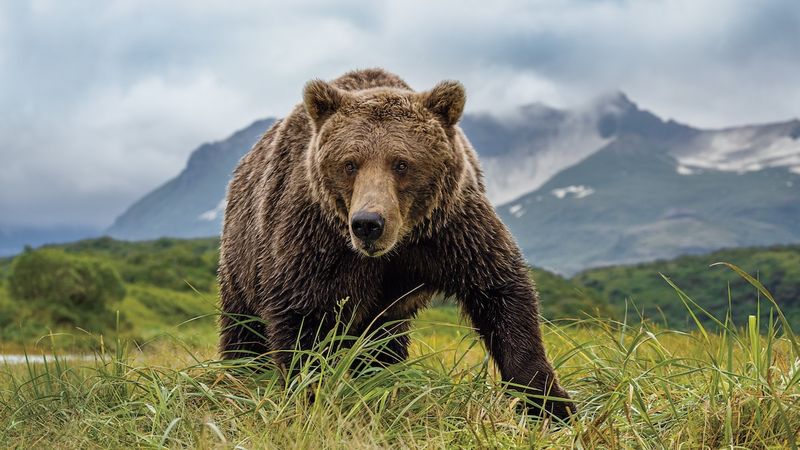
A formidable 1,390-pound male patrolled Alaska’s rugged Wrangell Mountains. Bush pilots frequently spotted this distinctive bear along high alpine meadows, far above the typical elevation range for most brown bears.
Researchers noted his unusual diet – heavily focused on ground squirrels and marmots rather than fish. His massive digging claws measured over 5 inches long. Trail cameras documented him excavating entire hillsides in search of hibernating rodents.
14. Chichagof Island Titan
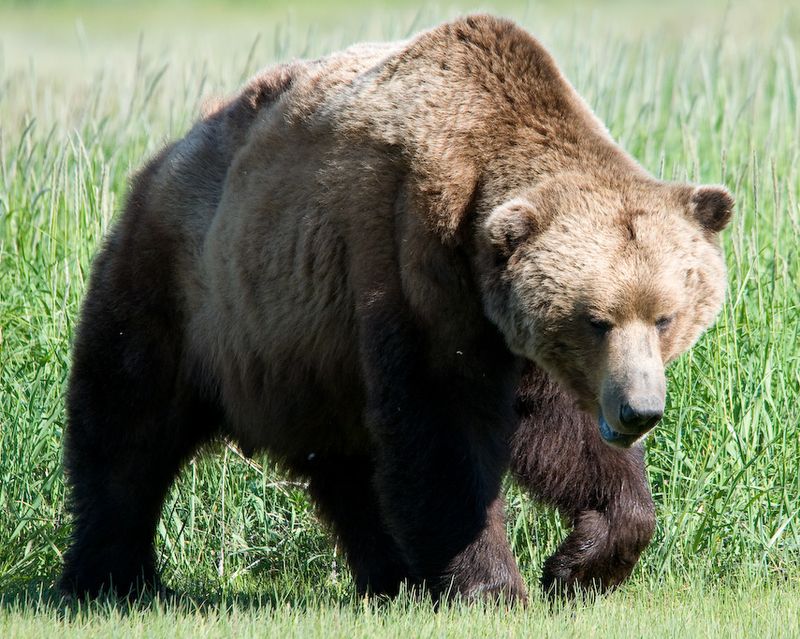
Among Alaska’s ABC islands, this 1,380-pound giant ruled Chichagof’s salmon streams. Local fishing guides reported seeing this bear catch and eat up to 40 salmon in a single day during peak spawning season.
DNA analysis revealed something extraordinary – this bear carried a higher percentage of polar bear genes than any other brown bear studied. His unusually broad shoulders and slightly longer neck reflected this ancient hybridization from thousands of years ago.
15. Tongass Forest Sovereign
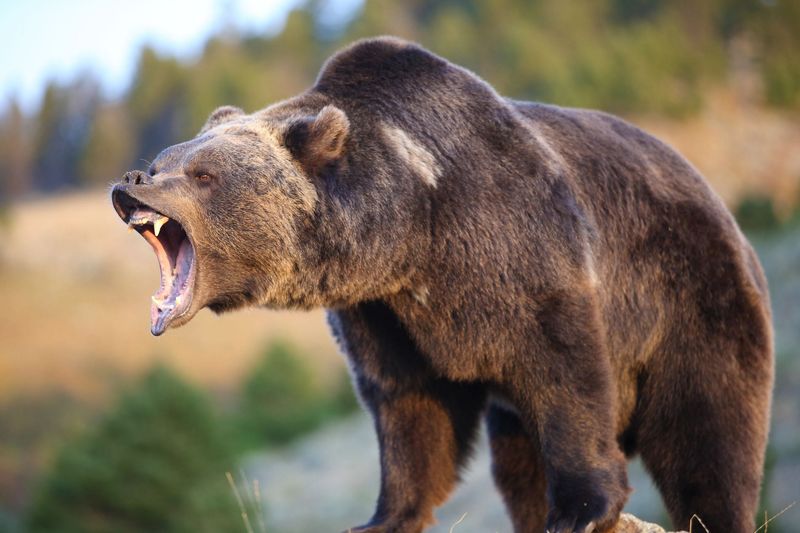
Deep within Southeast Alaska’s Tongass National Forest, this 1,370-pound bear remained largely hidden from human contact. Forest Service researchers only documented this giant through remote trail cameras and DNA sampling from hair snares.
What made this bear remarkable was its unusual coloration – its fur featured a distinctive silver-tipped appearance across its massive shoulders. Analysis of its scat showed an extraordinarily diverse diet including over 200 plant species and dozens of animal food sources.
16. Montana Megalith
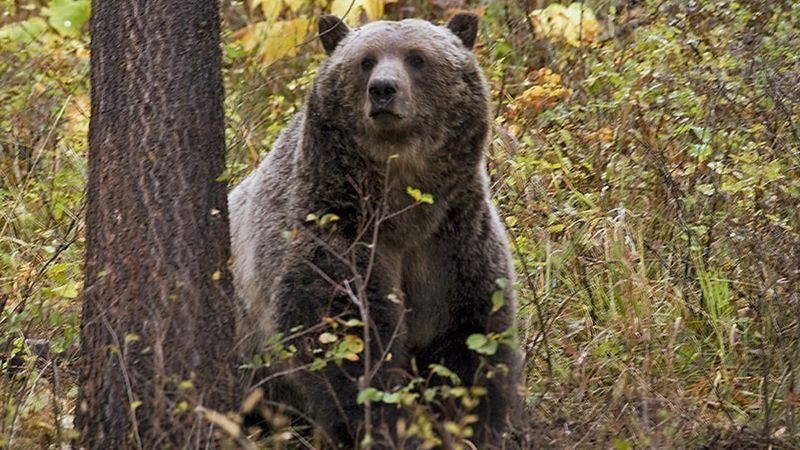
Outside Alaska, this 1,200-pound giant roamed Montana’s Glacier National Park region. Park rangers documented this exceptional bear through tracking collars for over a decade, marveling at its ability to survive in increasingly human-impacted habitat.
Unlike coastal browns, this interior grizzly achieved massive size despite limited salmon access. Researchers attributed his growth to exceptional intelligence – he learned to target calving grounds of elk and moose during spring, providing high-protein food sources.
17. Alaskan Arctic Giant
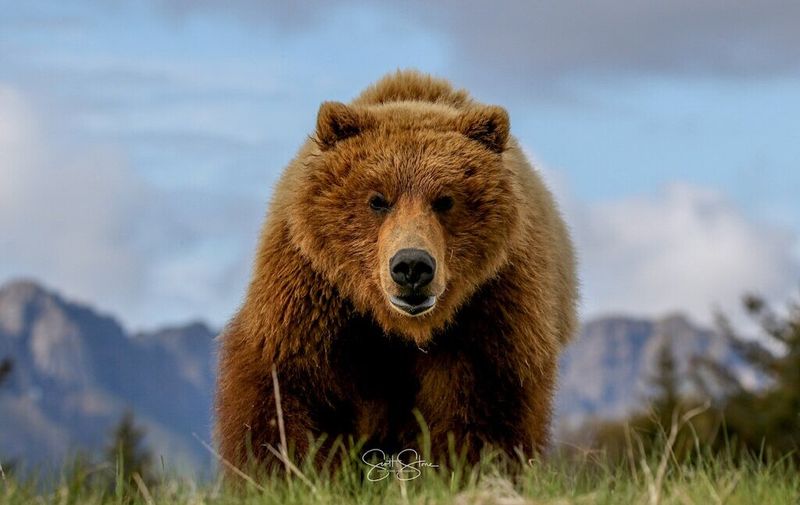
In the remote stretches of the Alaskan Arctic, a colossal bear roamed with unmatched majesty. Known as the Alaskan Arctic Giant, this bear was a testament to nature’s artistry. Towering above the tundra, it embodied raw power and resilience.
With every step, it left paw prints that inspired wonder and awe. Hunters and adventurers spoke in hushed tones of its legendary size.
18. Great Lakes Titan
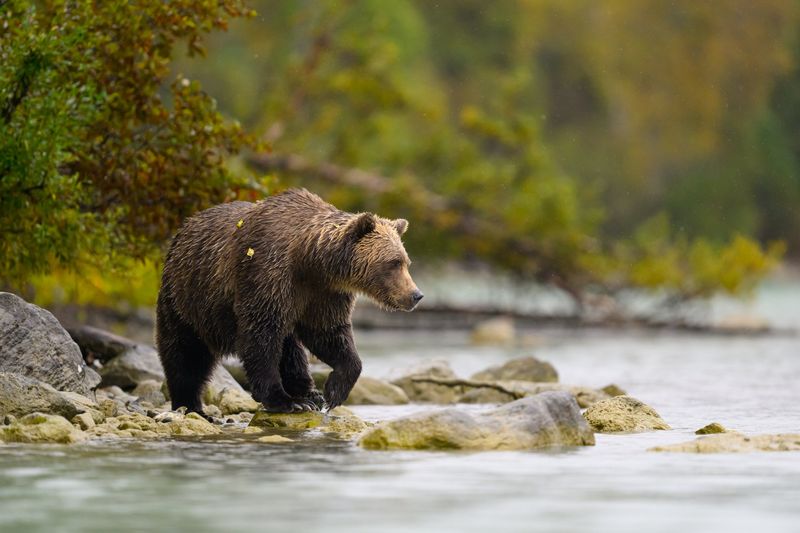
By the tranquil shores of the Great Lakes resides a titan of the bear world. This bear’s immense size is matched by its calm and contemplative nature, often seen gazing across the water.
At a weight of nearly 1,350 pounds, it is one of the largest bears to roam this area. Its diet, rich in fish and local vegetation, sustains its massive frame and contributes to its impressive girth.

